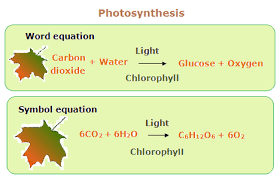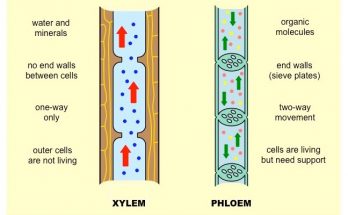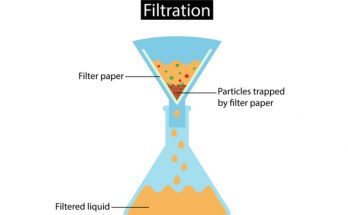
Equation for Photosynthesis
Photosynthesis, the process by which plants convert sunlight into energy, can be summarised by the equation for photosynthesis. The chemical equation, 6CO2 + 6H2O + light energy → C6H12O6 + 6O2, represents the balanced reaction. It outlines the conversion of carbon dioxide and water into glucose and oxygen with the help of sunlight. This word equation simplifies the process for easier understanding.
Equation for Photosynthesis Read More






